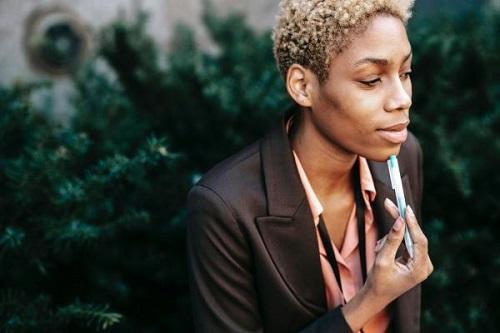A recent watch of an interview with Erica Dhawan, the author of Digital Body Language, sparked a few reminders about the importance of carefully considering the full perspective of your communications in organisation change.
In particular, what you’re not saying.
What we don’t say matters
When we face change of any sort, we naturally go into a state of heightened awareness (it’s a caveman thing) which means we notice more of what’s happening around us - and especially body language. This can be tricky when we’re working remotely as we are missing some of the visual cues we’re used to when we’re sitting with someone face-to-face. That also means we focus even more on what’s being said, so the words we use, what we say – or don’t say – and our body language, will carry even greater weight.
When we consider what’s not said, so things that people might be expecting or waiting to hear, think about; “why are we making the change?”, “here’s how you can share your concerns” and “here’s how we’re going to support you”.
Remembering that what you say or don’t say has a big impact, whether you’re in a room with people or working remotely. Everything tells a story.
We are not all the same
We all have different communication norms. These can include the country we live in, the company culture we work in or how we prefer to receive information. It’s a great reminder that we all respond to the concept of change differently and uniquely; in the same way our reactions to communication will be different too.
It’s worth taking time to carefully consider these differences as part of any communication planning, so we’re not creating problems before we get started.
Reading digital body language is key to building trust
As Erica explains in her interview, digital body language includes “the cues and signals we send in our digital communications that make up the subtext of our messages.” She talks about how this shows up in the open and close of our emails, how quickly we answer emails, and our video call backgrounds amongst many other things. Whether we know it or not, all these things are building or eroding trust in the person receiving the message. Understanding this new language and all its nuances will be a critical skill.
When we are embarking on organisation change, it’s always worth remembering that communication is a key pillar in helping people navigate uncertainty. Sharing information helps to create some certainty and helps people feel that they have some level of control over what’s going on.
Building trust and integrity by carefully considering our communication approach from a 360° perspective – and remembering that everything we do or say matters - is absolutely key in taking people with us in organisation change.
We work with organisations to help them deliver healthy and sustainable change, by minimising the disruption, worry and cost that change can bring. Using communication, wellbeing & resilience and coaching & training approaches, it's our aim to help leaders to put people at the heart of organisation change.
Read more here
Subscribe to the Twist Change for the Better newsletter
Connect on LinkedIn
